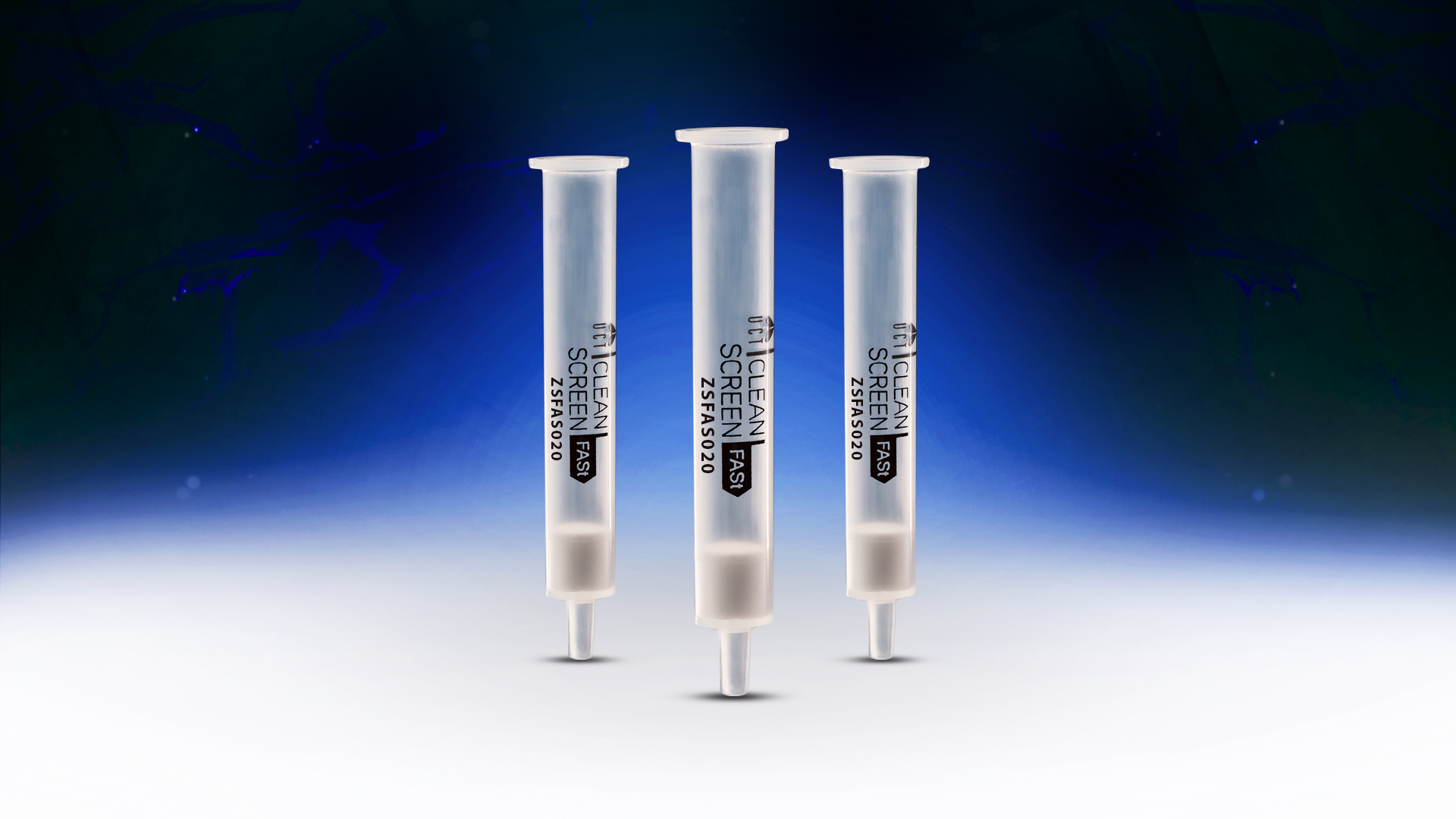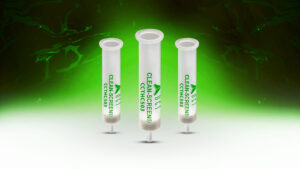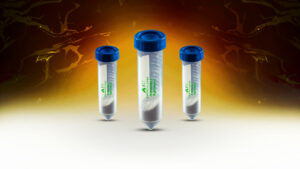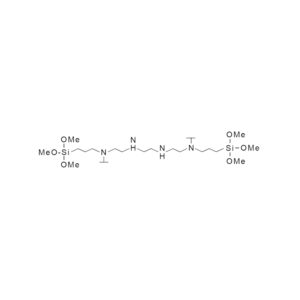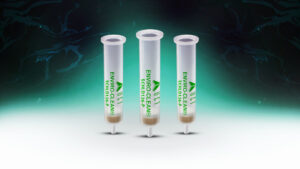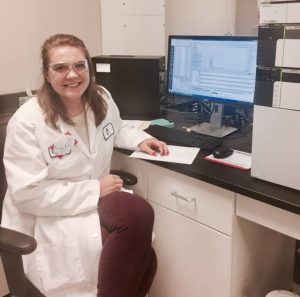UCT’s Clean Screen® Xcel /FASt Sorbents Cited in Phenothiazine Study
For many forensic toxicologists working with active drugs, the parent substrates may not be present in biological matrices, only the metabolites. From these metabolites, the parent drug may be assessed. This is typically performed by characterization of both the parent and metabolites. In a recent paper authored by Courtney Campbell et al., in Journal of Analytical Toxicology (doi: 10.1093/jat/bkx067), a validated method for the characterization of degradation products formed from selected phenothiazine drugs was employed utilizing solid-phase extraction (SPE) and UCT’s XCEL1 (130 mg in 48 well plate format). This method included analytical procedures for commonly prescribed phenothiazine drugs to include Promethazine (PMZ), Chlorpromazine (CPZ) and their respective N-desmethyl and sulfoxide metabolites in biological samples (bone tissue extract and blood). Separation was performed using UPLC with photodiode array (PDA) detection.
When ethyl acetate:isopropanol:ammonium hydroxide (80:17:3) was used as the elution solvent during method development, extraneous peaks were observed that were absent in the negative controls. Analysis of extracts of PMZ and CPZ individually showed extraneous peaks, including peaks with retention time and UV spectra suggesting the formation of the sulfoxide metabolites, amongst others. To confirm the results, analytes were then extracted individually and analyzed by UPLC-Time-of-Flight mass spectrometry. The results confirmed the oxidation of PMZ to its sulfoxide and N-oxide metabolites and oxidation of CPZ to its sulfoxide metabolite. Oxidation was also observed in the analysis of whole blood, and thus was not specific to bone tissue extract. To determine if extraction with minimal oxidation was possible, evaluations were performed using UCT’s Clean Screen FASt 96 well plate format and a substitute elution solvent system (dichloromethane:isopropanol:ammonium hydroxide) with and without evaporation.
The results demonstrated that the sample preparation method highly influenced the extent of oxidation. The FASt process without an evaporation step was the only method that did not measurably induce analyte oxidation.
This study shows that when forensic toxicologists are faced with characterizing drugs and their relative metabolites in biological samples, they turn to UCT as their first choice for the finest of sorbents.

